The Barriers and Underserved Populations Subcommittee of the Governor’s Workforce Development Board met over Zoom on Tuesday, Oct. 28, to review past presentations and begin drafting a report for the December board meeting. Members discussed transportation, communication, access to information, and the need for accurate data that reflects the state’s full infrastructure. These topics will form the basis of the subcommittee’s recommendations to the full board.
Transportation was identified as a primary system barrier. Proposed solutions included expanding transportation vouchers for ride sharing and public transit and working with the state to increase routes and bus stops. However, subcommittee member Rick Neal noted that, “Better than 80% of the transportation problems outside of vouchers that we’ve dealt with have been informational.” He pointed out that even when services exist, people often don’t know how to access them. As one example, some employers remain unaware of newly added bus stops, leading employees to use Ubers unnecessarily. Members agreed that assessing where transportation is lacking—and where it exists but is unknown—is essential. “Do we know the whole infrastructure?” one member asked, underscoring the need for a clearer statewide picture.
Member Kamalisha Green emphasized that information alone is not enough, saying, “One of the things that we found was a gap is that actually people don’t know. They are getting inundated with information, or they are overwhelmed because of their situation.” To help address this, the larger board is considering a “Did you know?” campaign to raise visibility of available resources. Members discussed the importance of sharing information in multiple formats and in clear, digestible ways. Suggestions included cheat sheets, one-pagers, and periodic reminders intended to simplify navigation for system participants. Tiffany Tyler-Garner summarized the point by stating, “There is a need for education and outreach that minimally includes a cheat sheet or one-pager designed to help system participants or the community understand how to navigate the system and its respective resources.”
Data quality and availability were also central to the discussion. Subcommittee members noted gaps in data for certain communities, which limit the board’s ability to fully understand needs. They referenced a previous presentation by Thurman Roberts of Northern Nevada Works, who highlighted that many Native American communities in Northern Nevada are undercounted and underserved, particularly in rural areas. Kevin Landry added, “I think it’s hard to quantify data that we don’t know exist,” reinforcing the need for broader and more accurate reporting.
Members were encouraged to consider scalability and acuity as they formed recommendations. Instead of proposing major new spending, the subcommittee leaned toward solutions that build on existing programs. One referenced model from the Midwest “leveraged existing dollars and was a re-envisioning of it in a way that built the capacity of the community to expand programming and position everyone else to begin making larger investments in the work.” Members suggested this approach could serve as a practical, low-cost option for Nevada.
Next steps include focusing more deeply on transportation barriers, improving education and outreach to make information accessible, and expanding reporting beyond state-driven metrics for special populations. The subcommittee will present its recommendations at the next full board meeting on Wednesday, Dec. 17.



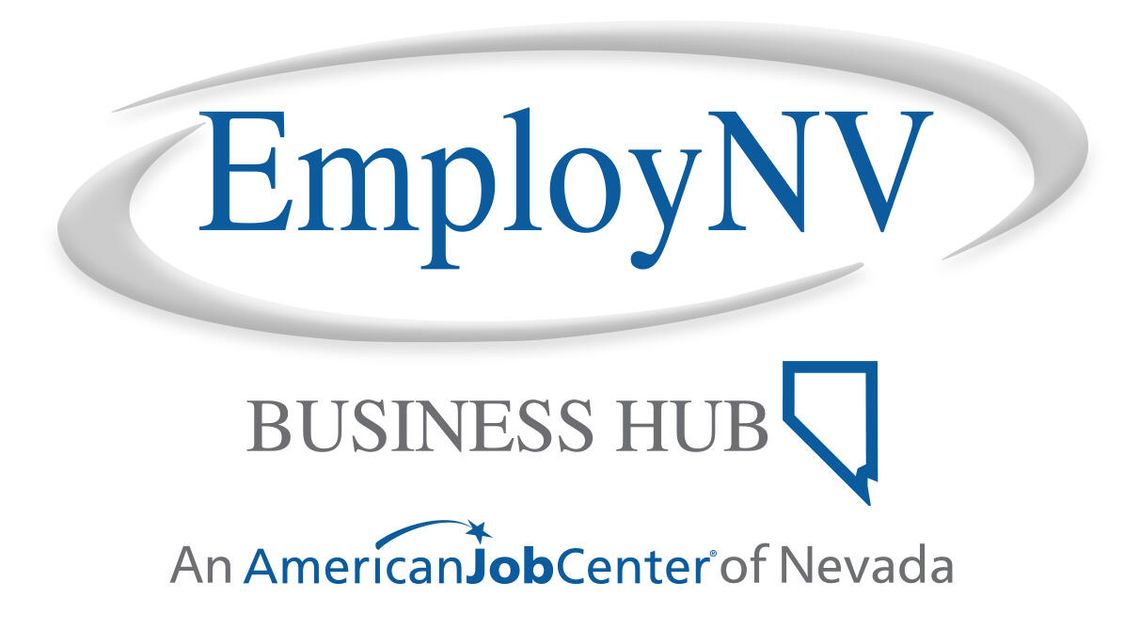
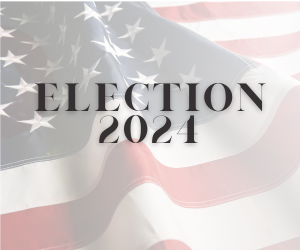


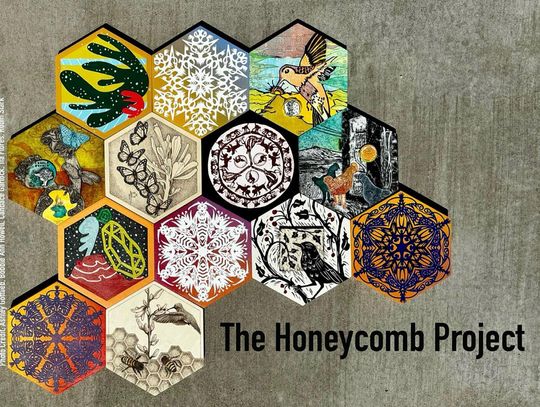



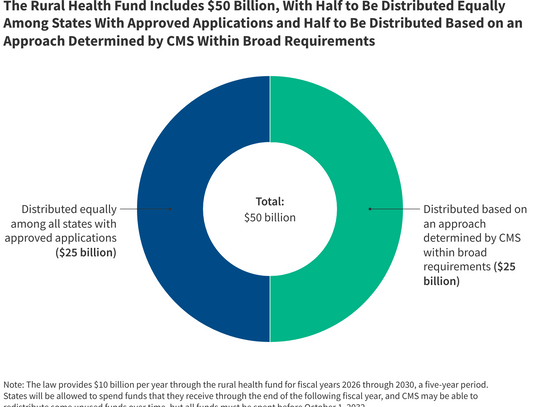
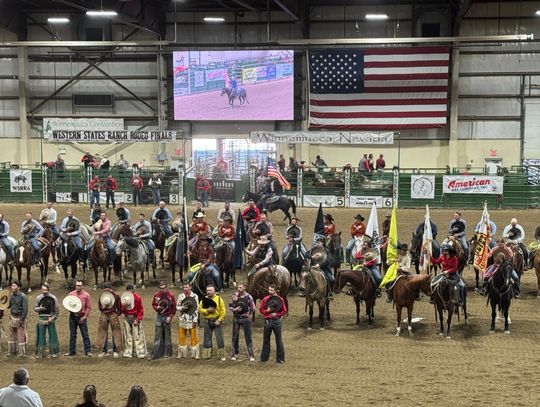
Comment
Comments